In the intimate galleries of Chicago’s National Museum of Puerto Rican Arts and Culture, Brooklyn-based artist Adrián Viajero Román contemplates the nature of belonging. “What is home to you, and where is home? Home could be anywhere – it could just be in your own mind, your own emotions,” he reflects, standing before a striking tribute to his grandfathers who migrated from Puerto Rico to New York in the late 1940s. This poignant installation anchors “Archivos Vivos,” Román’s first Chicago exhibition, which excavates cultural memory and diasporic experience through masterful graphite portraits rendered on wood panels and integrated with meaningful artifacts.
The exhibition’s title—translating to “Living Archives”—aptly captures how Román’s work breathes life into historical narratives. “During the 1940s, Puerto Rico started Operation Bootstrap with the government here to bring Puerto Ricans over for work,” Román explains. “They thought that they’d just be coming to work and then come back. But you end up staying, and it becomes your life.” This economic migration program, intended as temporary, permanently transformed both the island and mainland communities, creating the complex diasporic reality Román’s work navigates. Viewers encountering his meticulous graphite portraits—faces that stare back with unflinching dignity—experience intimate connections across generations and geographies.
What distinguishes Román’s artistic practice is his innovative incorporation of found objects—what he terms “PR-tifacts”—including debris collected after Hurricane Maria devastated Puerto Rico in 2017. “I use a lot of found objects,” he says. “I touch on the past and how it reflects on the present, how we can be reminded of where we are today because of where we’ve been.” Everyday items become charged with historical significance: straw fedoras, steamer trunks, and machetes accompany portraits drawn from family photographs and historical images. These juxtapositions create visual dialogues between past and present, transforming personal mementos into powerful cultural signifiers that speak to broader historical currents of colonization, migration, and resilience.

For Román, Chicago’s Humboldt Park neighborhood—particularly its distinctive Paseo Boricua corridor marked by towering steel Puerto Rican flags—represents something increasingly rare: a thriving, concentrated Puerto Rican cultural enclave. “It’s fragmented in New York with a lot of gentrification,” he observes. “What Humboldt Park is, and Paseo Boricua is, we used to have in New York in various communities. And we don’t have that anymore.” The artist’s encounter with Chicago’s Puerto Rican community reveals how diasporic cultural enclaves evolve differently across urban landscapes, with Chicago’s Puerto Rican community having maintained a geographical and cultural cohesion increasingly difficult to find in New York’s rapidly gentrifying neighborhoods.
Some works in “Archivos Vivos” confront colonial legacies directly, referencing a Puerto Rican leader’s observation that colonizers “want the cage, not the bird”—a metaphor painfully relevant as the island continues navigating its complex political relationship with the United States. Other pieces function as “prayers to resilience,” honoring the endurance of Puerto Rican cultural identity despite economic pressures, natural disasters, and political marginalization. Standing before a portrait of his mustachioed grandfather, Román shares a family story tinged with both pride and tragedy: “He fought in the Korean War and was murdered in his hometown later in life. By a lover – he was a bit of a ladies man.” This candid revelation exemplifies how Román’s work weaves together the historical and deeply personal.
Beyond his studio practice, Román’s work as a curator has increasingly revealed the political dimensions of cultural exchange. “We’ve had experiences of artists from Puerto Rico not wanting to come because of the politics of what’s happening now – arresting people after just hearing them speak Spanish, right? They don’t want to take a risk and travel, not knowing English very well, and be mistaken for someone else,” he explains. This contemporary reality—where language and cultural identity become potential liabilities—adds urgency to Román’s artistic mission of cultural preservation and connection.
Despite these challenges, Román finds inspiration in Chicago’s Puerto Rican community, even considering how to transplant aspects of Humboldt Park’s cultural vitality back to New York. “There’s things going on in the world that all of us should be thinking about, but we can’t forget our immediate community and our family,” Román insists. “We can’t forget those things.” This sentiment resonates throughout “Archivos Vivos,” where remembrance becomes an act of resistance and cultural continuity. Through meticulous attention to both artistic technique and historical context, Román creates what the exhibition title suggests—archives that remain vibrantly alive, breathing across generations and geographies.
Visitors to the National Museum of Puerto Rican Arts and Culture have until January 17, 2026, to experience “Archivos Vivos,” an exhibition that ultimately suggests that perhaps, as one work’s title proposes, “Home Is Not a Place but Simply an Irrevocable Condition”—a perspective particularly resonant for diasporic communities navigating multiple cultural identities across changing urban landscapes. In Humboldt Park, Adrián Viajero Román has found not just an exhibition venue but a community that mirrors and amplifies his artistic exploration of cultural identity, memory, and belonging—proving that meaningful cultural exchange can happen not just across oceans, but between American neighborhoods separated by just a few hundred miles.


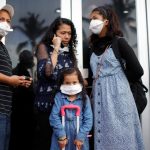
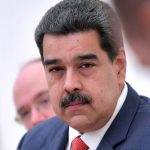
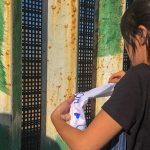
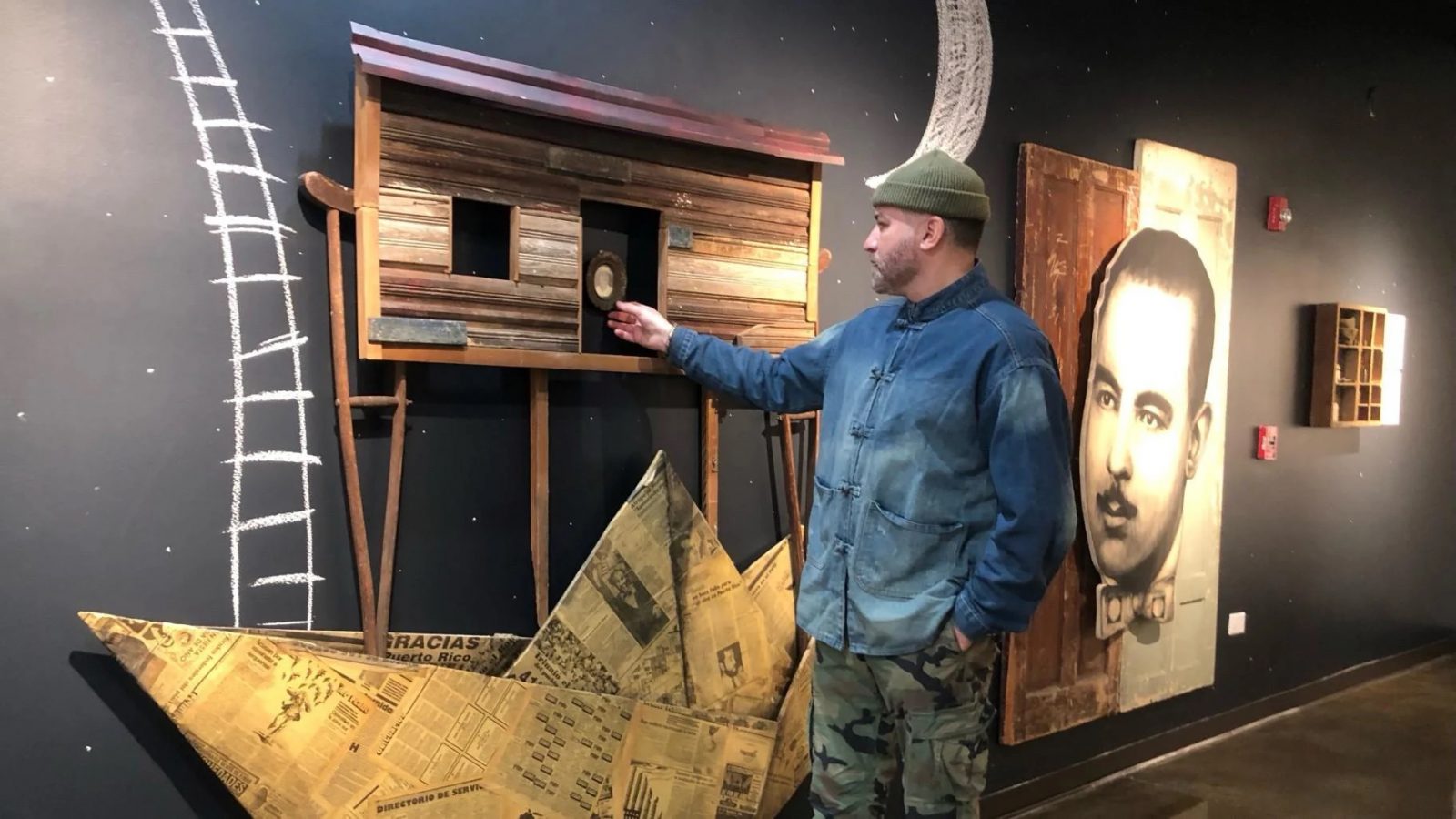
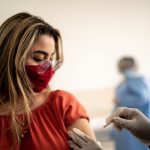
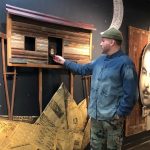
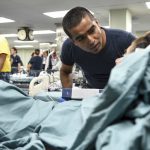

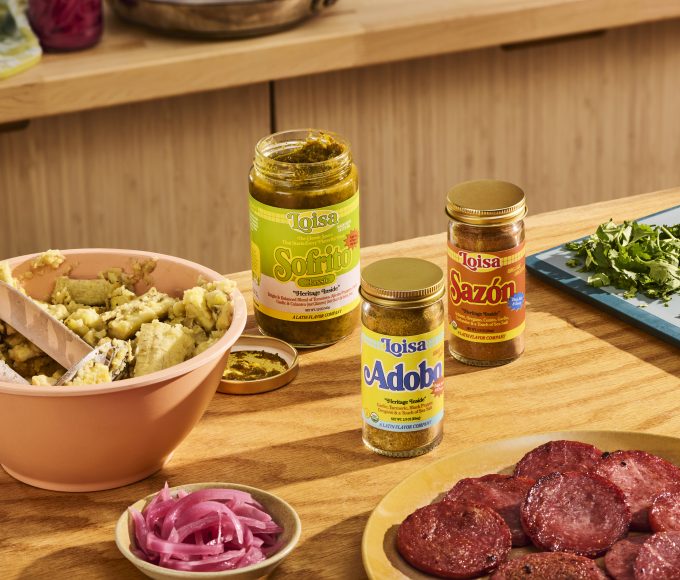

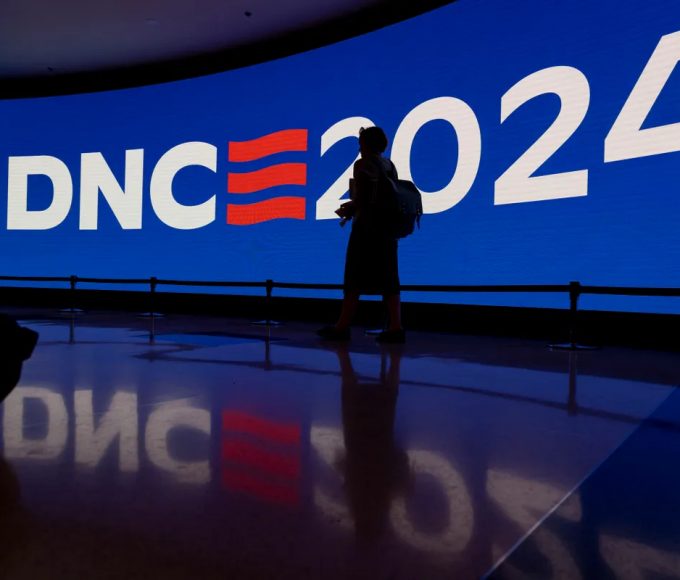
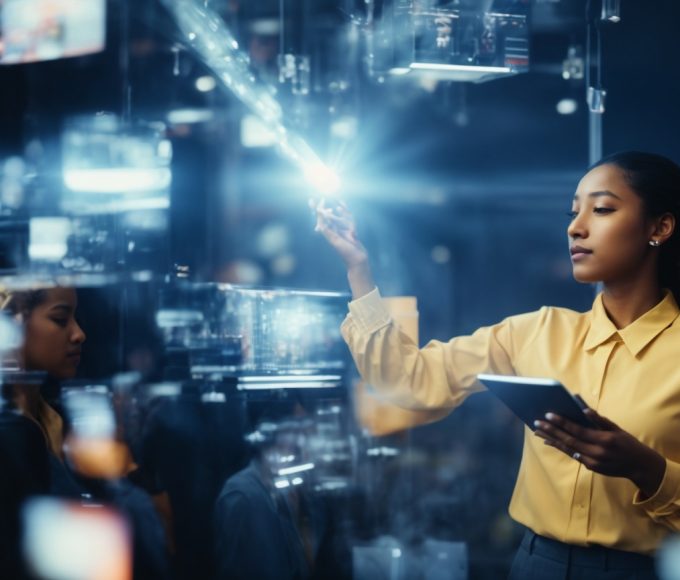

Leave a comment